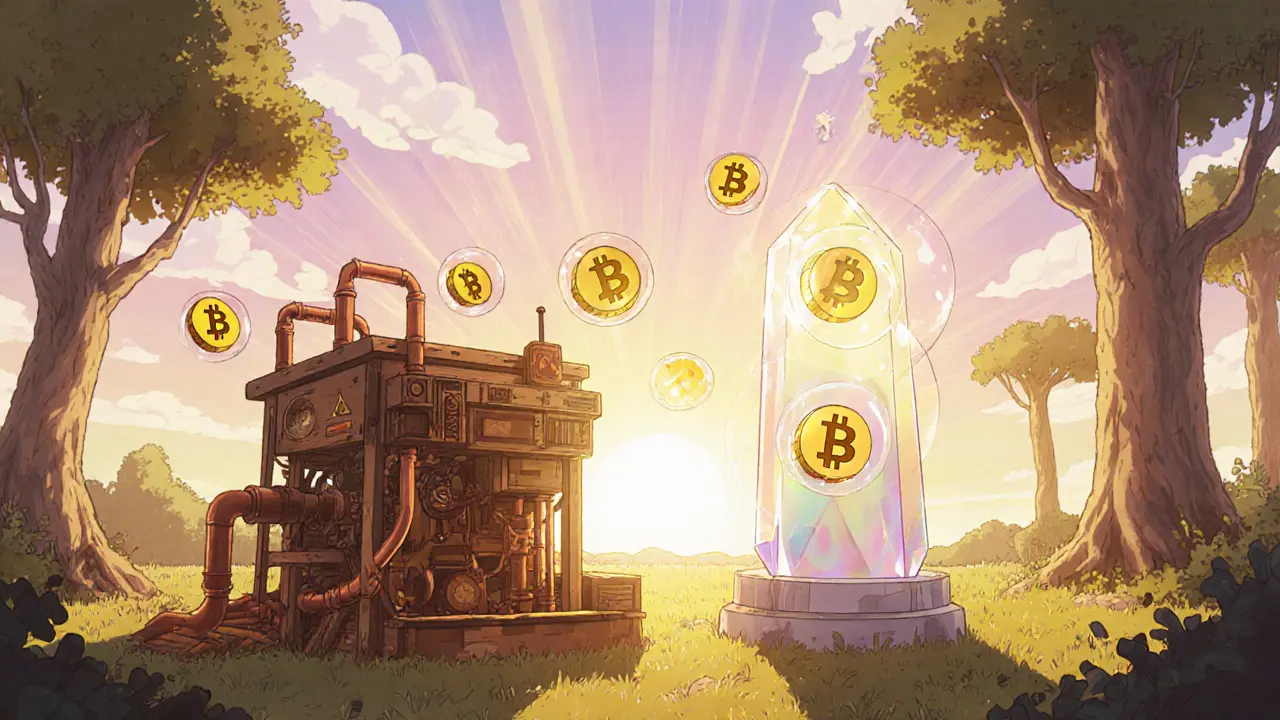Transaction Fees: How They Shape Crypto Trading and Blockchain Use
When dealing with transaction fees, the charges applied whenever digital assets move on a blockchain or through an exchange, understanding their impact is key to protecting your portfolio. Also known as network fees, they can vary wildly between cryptocurrency exchanges, platforms that match buyers and sellers and often add a markup and the underlying blockchain networks, distributed ledgers that enforce consensus and require gas for each operation. This means transaction fees encompass both the cost you pay to a broker and the gas you pay to the network. If you ignore either side, you might overpay, miss a trade, or see unexpected slippage. For example, a cheap‑looking exchange might hide high withdrawal fees, while a popular blockchain can spike gas during congestion, turning a $10 transfer into a $30 expense. Knowing which entity—exchange or network—controls each fee helps you decide when to trade, which chain to use, and how to time your moves.
Key Factors That Influence Transaction Fees
Two main forces drive the numbers you see: exchange fee structures, often expressed as a percentage of trade volume or a flat rate per transaction and gas fee mechanisms, the way blockchain protocols price computational work based on demand. Exchange fee structures usually include maker‑taker splits, tiered discounts for high‑volume traders, and sometimes promotions that momentarily lower costs. Gas fee mechanisms, on the other hand, depend on network congestion, block size limits, and the priority you set for your transaction. When the market is hot, both sides can surge: exchanges raise spreads to manage risk, and miners (or validators) demand higher gas to prioritize transactions. Beyond the basics, other entities affect the overall cost picture. stablecoin bridges, services that move assets between chains, often add a bridging fee on top of native gas. Likewise, DeFi protocols, automated platforms for lending, swapping, or staking, may charge protocol fees that compound with network gas. Each layer adds a slice to the total expense, turning a simple transfer into a multi‑step cost calculation. Understanding how these pieces fit together lets you spot cheaper routes—like using a layer‑2 solution for lower gas or swapping on a DEX with a rebate program. Armed with this framework, you can evaluate any article in our collection with a clear lens. Below you’ll find reviews of specific exchanges, deep dives into how gas pricing works, and practical guides on reducing fees across different blockchains. Use the insights to compare platforms, pick the right chain for your trade, and keep more of your crypto where it belongs— in your wallet.
Block Reward vs Transaction Fees: How Crypto Networks Pay Miners and Validators
Explore how block rewards and transaction fees power Bitcoin and Ethereum, why their balance shifts, and what it means for miners, validators, and users.





